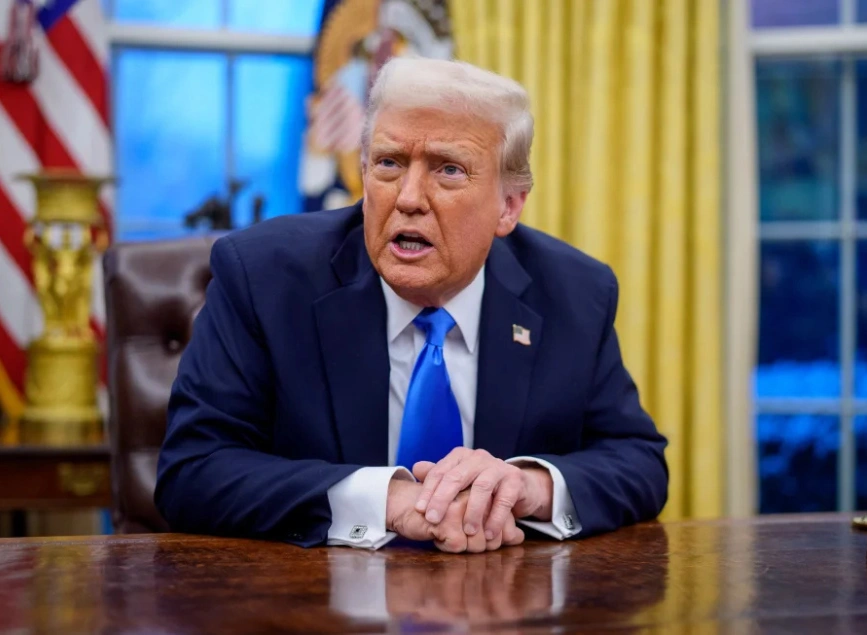
US-China Trade Tensions Reach a New High: Beijing’s Defiant Stance
The ongoing trade tension between the United States and China has escalated dramatically, reaching its peak in recent days. Following President Donald Trump’s threat to increase tariffs on Chinese goods by 50%, China has issued a stern warning that it will “fight until the end” if the US presses forward with this decision. This warning has reignited fears of an all-out trade war between the two largest economies in the world, and its impact is already being felt in global markets.
China’s Response to the US Tariff Threats
In a bold response to the potential tariff hike, China has outlined its own measures to counteract the US’s aggressive stance. Here’s what China has threatened:
- Retaliatory Measures: China has promised to take new retaliatory actions if additional tariffs are imposed by the US, signaling that it won’t back down.
- Support for Domestic Markets: The Chinese government has pledged to support its domestic stock market to weather the impact of any new tariffs.
- Devaluation of the Yuan: China has officially weakened the yuan against the dollar, with the reference rate crossing a critical threshold for the first time since fall 2023.
These aggressive responses have added fuel to the already tense situation, with both sides bracing for further confrontations.
Global Financial Markets React to Heightened Tensions in US-China Trade
Despite the mounting threats and fears of a full-scale trade war, global financial markets have shown signs of recovery, at least in the short term. Here’s how markets around the world responded to the escalating tensions:
US Market
Stock Market Futures: Futures contracts for major US indices, including the S&P 500, Nasdaq-100, and Dow Jones, all rose by over 1%.
Treasury Bond Yields: The yield on 10-year Treasury bonds remained nearly unchanged at 4.164%, indicating investor caution amid the ongoing trade uncertainties.
International Markets
- Japan’s Nikkei 225: The Japanese stock market surged by 6%, showing strong recovery despite the global tensions.
- European and Asian Markets: Most European and Asian stock exchanges turned positive, with green numbers across many indices.
- Indonesia’s Market: The Indonesian stock market, however, saw a decline as the market reopened after the holiday, with concerns over the potential impact of the new tariffs.
Adding to the mixed reactions, the US Treasury Department signaled its willingness to negotiate with certain countries, such as Japan and Israel, which has raised hopes that tensions may de-escalate on some fronts.
Read More: Trump’s Tariffs: Growing Concerns Among Republicans
The Impact of Tariffs on Global Markets
To understand the broader implications of these tariff threats, it’s important to recognize the economic effects that tariffs can have on markets worldwide. Here’s a breakdown of how tariffs impact global trade and markets:
What Are Tariffs?
A tariff is a tax levied on imported goods, typically aimed at protecting domestic industries, pressuring specific countries, or addressing trade imbalances. The effects of tariffs are far-reaching and often result in significant economic ripple effects.
Economic Consequences of Tariffs
- Higher Prices for Consumers: Tariffs on imports generally lead to higher prices for consumers, as the cost of goods rises due to the additional tax.
- Reduced Profitability for Companies: Companies that rely on global supply chains may see their profitability take a hit due to increased costs.
- Political and Economic Tensions: Tariffs can heighten political and economic tensions between countries, making diplomatic relations more difficult.
- Market Volatility: Tariffs can cause volatility in currency markets, commodity prices, and stock markets as investors react to the uncertainty.
- Changes in Investment Flows: As trade policies change, international investment flows can shift, with capital moving away from countries facing tariffs and towards safer markets.
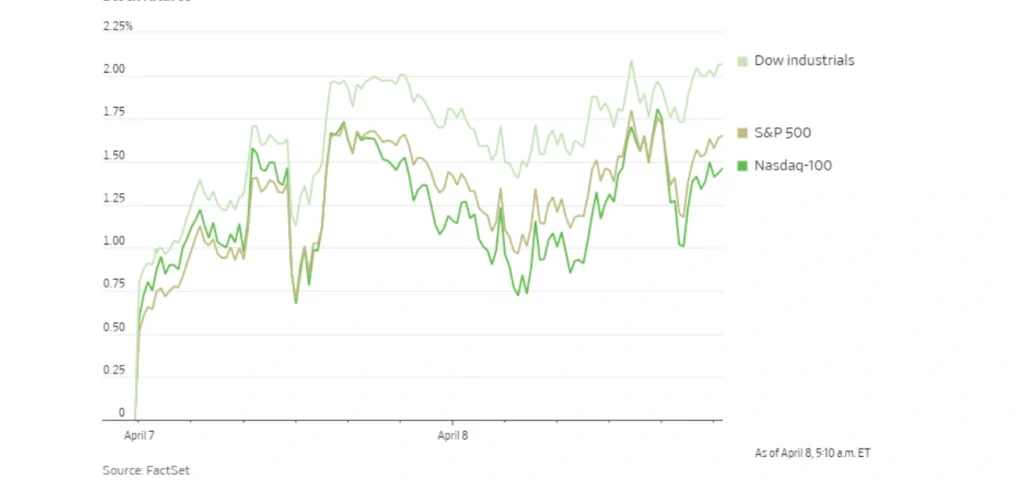
Potential Market Impact and Economic Forecast
As the trade war intensifies, there are several potential outcomes that investors and market participants should keep in mind:
What Could Happen to Global Markets?
- Weaker Yuan: A weaker yuan could give China an advantage in exports, but it also raises the risk of higher inflation on imports, particularly in countries reliant on Chinese goods.
- Risk of Global Recession: If the trade war continues to escalate, the global economy could be at risk of recession, with a slowdown in international trade growth.
- Emerging Markets at Risk: Asian emerging markets, particularly those targeted by Trump’s tariffs like Indonesia, may face capital outflows and currency depreciation.
- Safe-Haven Assets in Demand: There may be an increased demand for safe-haven assets like gold, the US dollar, and even Bitcoin as investors seek stability in uncertain times.
Political Ramifications
- China’s Stance: China’s firm stance signals its readiness for a long-term trade war, rather than a quick resolution.
- Trump’s Negotiation Strategy: Trump’s willingness to negotiate with select allies like Japan and Israel suggests a shift toward a more selective, rather than a global, approach to trade.
Conclusion: Navigating the Uncertainty Ahead in US-China Trade
For investors and market participants, the road ahead remains uncertain. With political risks high and market volatility still a threat, it’s crucial to keep a close eye on the unfolding geopolitical situation, as well as currency policies and market reactions.
While some markets have shown signs of recovery, the risks of political upheaval and drastic market fluctuations still loom large. Investors will need to stay vigilant and flexible as they navigate the complexities of this escalating trade conflict.
Share
Hot topics
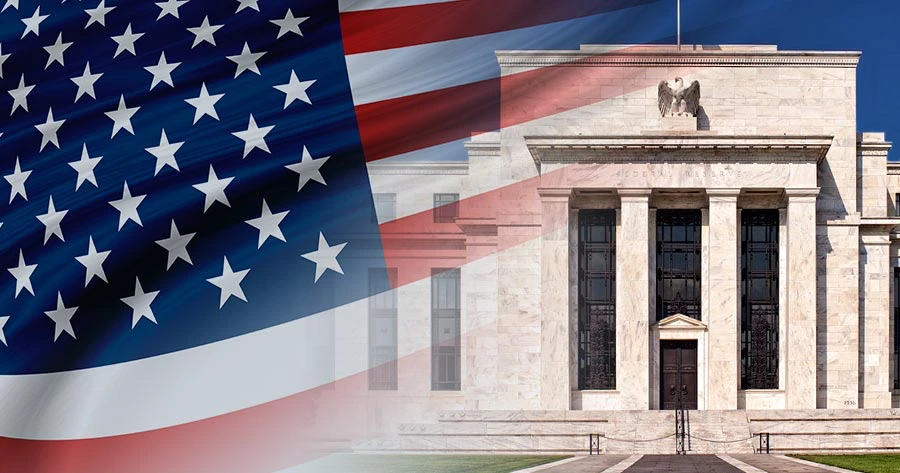
Federal Reserve’s Challenges to Trump’s New Policies
As the Federal Reserve Open Market Committee (FOMC) prepares for its upcoming meeting, all eyes are on how the Fed will respond to Donald Trump’s latest economic policies. With the...
Read more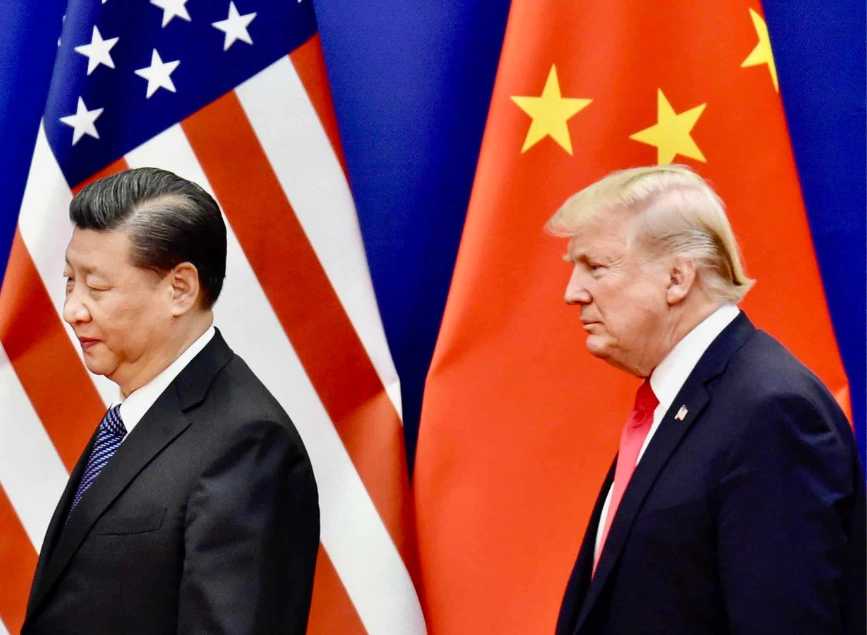


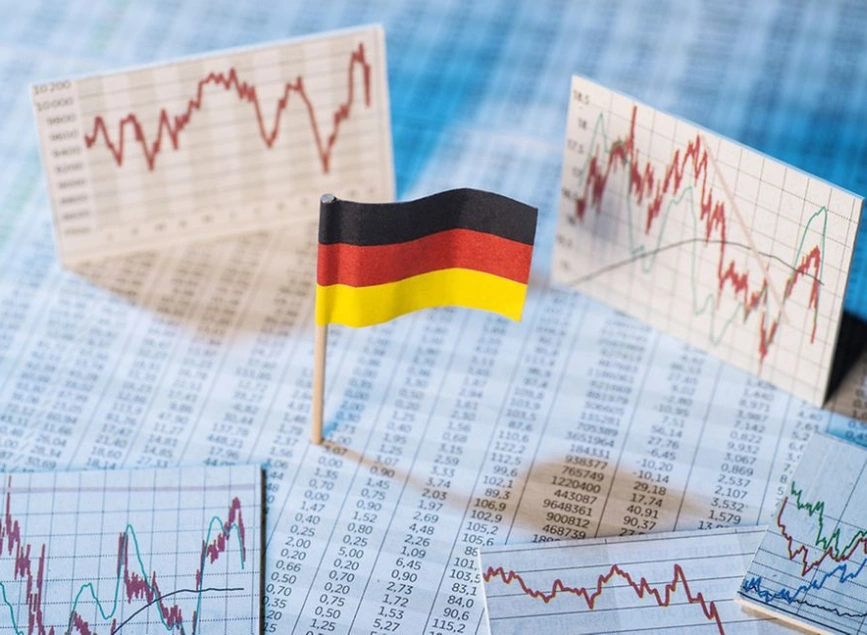

Submit comment
Your email address will not be published. Required fields are marked *